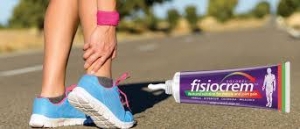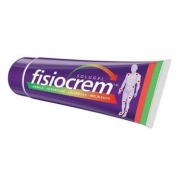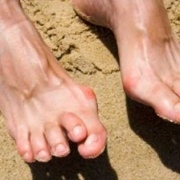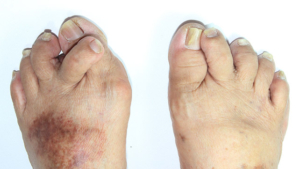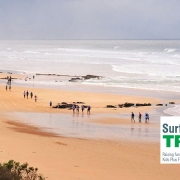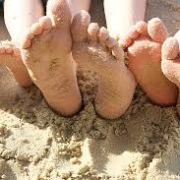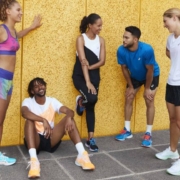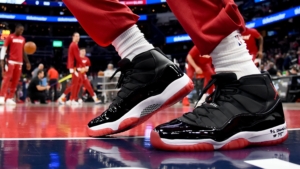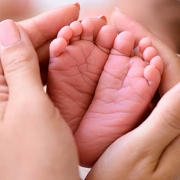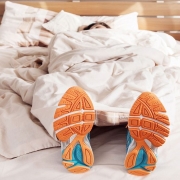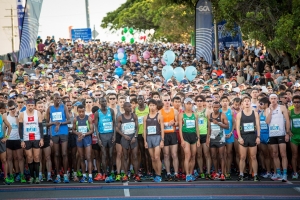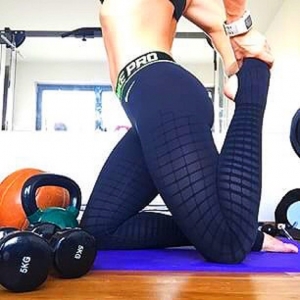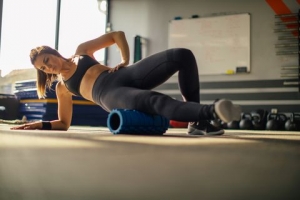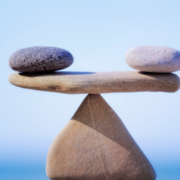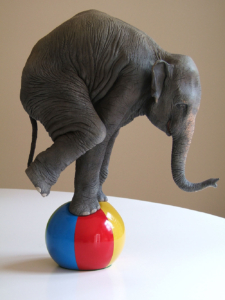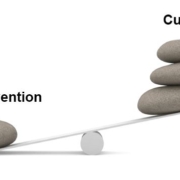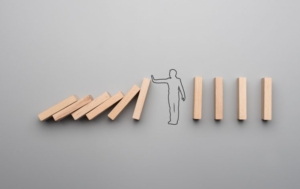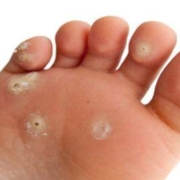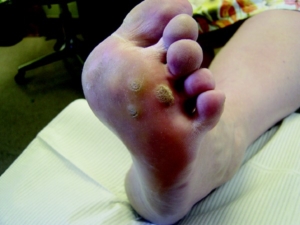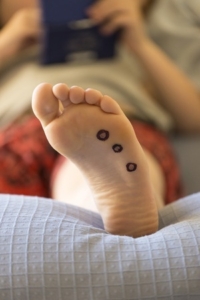Free Foot & Leg Assessment
Total Care Podiatry is offering Surf Coast trek participants a complimentary Foot and Leg Assessment. This will take into account your individual requirements and help you work out a strategy to help your feet and legs stay the distance.
Call Total Care Podiatry on 5223 1531 to book in your Complimentary Foot & Leg Assessment.
Make sure you mention that you have registered for the Surf Coast Trek.
Preparing for a long distance walk
Getting your feet ready for a 40 km trek needs a lot of planning and preparation. You’re asking a lot of your poor feet pounding into the ground, and they’ll need some TLC to get you there.
Every individual’s body will respond differently so there’s no one solution that will suit everyone, especially in an endurance event lasting many hours like the Surfcoast Trek.
Just like your fitness, preparing your feet and legs has to start early, not the week before or the day before.
During the 40 km trek, your body will change in a number of ways to keep you going. The extent of the changes will very much rely on how you’ve trained your body prior to the event.
Here’s what will happen for most of us at the 20 to 30 km mark:
- Muscles in our core and legs will tire and as a result our walking pattern will change, placing more pressure on our joints.
- Feet may swell causing changes in how the foot fits into the shoe, causing pressure areas, and
- The heels may start slipping up and down in the shoe as the calf muscles tighten, increasing the risk of blister formation.
Footwear
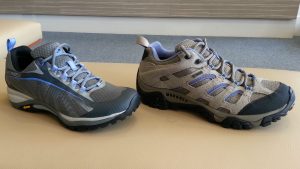
For endurance walking the shoes you wear will have a significant bearing on whether or not you enjoy the trek. The runners you use around the house or for activities such as walking around the block will probably not be appropriate.
- Footwear should fit your foot comfortably, not too tight or loose.
- The upper should be made of a material that will easily breathe and allow the perspiration that your feet generate evaporates into the environment rather than build-up heat in your foot.
- The sole should not be too stiff or controlling and provide good cushioning.
- The toe box, (the area of the shoe where your toes are), should be deep and rounded to accommodate any swelling.
- No part of your foot should slip in the shoes, at any time.
- It is best if the lace area is as long as possible so you can alter the fit around the heel from the midfoot and the forefoot. You may have to adjust the lacing a number of times during the walk, to make sure your foot is supported and any pressure areas lessened.
For more information regarding lacing techniques look here: How to Lace a Hiking Boot
Blisters
Blisters are caused by friction, where the surface of the skin is held in one place and the tissues underneath the surface are stretched to the point of tearing. It is influenced by 3 things:
1. The nature of your skin
Our skin often has different qualities depending on age, sun exposure, gender, shoes we wear etc. Some people have firm strong and resilient skin. Others have tender, thin and easily affected skin. The latter type of skin can be toughened to cope and protected for the walk using a number of different taping techniques. Skin temperature also needs to be maintained so that the skin does not become overly sweaty and moist which increases the risk of blisters.
Socks that are designed to ‘wick moisture away’; that is take the moisture away from the skin out through the sock to the other side of the sock, is the best way of managing this.
2. How your foot works
Your foot has two main functions, it has to adapt the body above to the ground beneath, and then has to be stable enough for the body to move over a solid foundation. If these functions are not working properly areas of high pressure develop which can directly cause tissue injury. The most obvious is blisters but also stress fractures and indirectly, increased risk of ligament or tendon damage as muscles get tired; often seen in cases of rolled ankles. Research shows that cushioning insoles can address the direct high-pressure areas, but the reasons why the foot is not functioning properly, causing risk of injury, needs to be understood and then addressed appropriately.
3. The level of friction.
There are many ways people use to reduce friction. For most people the best strategy is wearing well fitted merino padded socks. These socks should have built in padding to assist with small pressure areas. If you have bony feet, or a tendency for rubbing, wearing two pairs of socks can be the solution. If you often have blisters on or in between your toes, ‘toe socks’, worn under the padded merino socks, can be the answer.
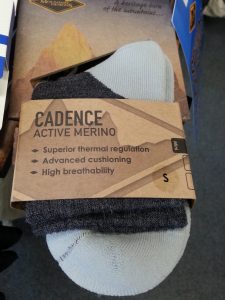
A final note on blisters, if the top of the blister rubs off and you’re left with a red raw sore, a band-aid type of dressing is not a good option as it may cause more friction. Instead, compound dressings are good for this, as is some taping, so long as your skin is not sensitive to the adhesive.
We congratulate everyone who is taking on the Surf Coast trek for the challenge it provides as well as supporting a fantastic local charity which benefits our whole community. Total Care Podiatry is proud to support your effort with a Complimentary Foot & Leg Assessment.
WARNING: This information is for educational purposes only and is not intended to replace professional podiatric advice. Treatment will vary between individuals depending upon your diagnosis and presenting complaint. An accurate diagnosis can only be made following personal consultation with a Podiatrist.
